Atlantis Marine Park
An abandoned marine theme park has created a difficult experiment in dolphin rewilding.
Located in the little town of Two Rocks, just north of Perth, the Roman god Neptune towers over his crumbled kingdom.
Atlantis Marine Park was constructed in 1981 with hopes that nearby Perth’s boom times would attract tourism to a shiny new ocean theme park. A ten-meter-tall Neptune holding his trident was built by local artist Mark Le Buse along with numerous pools and many other strange, ocean-themed sculptures including the disembodied head of Jacques Cousteau. The park was to be the first step in turning the area into a “premier leisure recreation region.” The park’s slogan was “Atlantis marine park for the enrichment of mankind.”
Six months before its opening, the park’s future stars and main attraction were captured. Seven wild bottlenose dolphins were caught in the lagoon and trained to perform. They would be the main draw of the park for the next ten years.
The park did not prove to be the money maker its creators had hoped and by the end of the eighties, it was losing money. The initial set of wild dolphins grew to nine in 1988, when three dolphins were born in captivity. The new arrivals created new issues for the park. Regulations for dolphin enclosures had changed and legislation required the park to build a larger area for the dolphins. Along with an already-dwindling cash flow, the Tokyu Corporation of Japan decided to close the park in 1990.
Part of the park’s closing was an unusual agreement with research scientist and marine park veterinarian Dr. Nick Gales. In return for releasing the company from its financial obligation to the dolphins, they gave him permission to attempt to reintroduce the wild dolphins and their captive born offspring back into the wild. It would prove complicated.
The hope was to provide a case study for returning other captive dolphins to the open oceans. The first step for the Atlantis Park dolphins was to remind them what survival in the wild entailed. The adult Atlantis dolphins had been performing in captivity for almost a decade, and the captive-born juveniles had never hunted in the wild. They all needed to be shown how to hunt for fish. While some of the dolphins responded immediately, the captive-born dolphins “seemed to treat the exercise as a game and would often all chase the same fish, competing more with each other than actually showing any ability to forage” according to researcher Kelly Waples.
While the researchers watched the dolphins, they also attempted to discourage human interaction. Meanwhile, the dolphins watching the human researchers couldn’t quite figure out what the new game was. Puzzled, they would try to get the observers to engage with them. According to researcher Kelly Waples,
“A favorite of their antics was to perform a behavior in unison. Although the juveniles were never formally trained, they copied the performance behaviors displayed by the adults during feeding sessions. Quite often, while we were trying to record observations of natural behavior, the juveniles would all stop, watch us for several minutes then in perfect unison embark upon a series of tail slaps or pec waves.”
After living in a sea pen which served as a dolphin halfway house, the adults were fitted with radio transmitters and all of the dolphins were released into the wild. Out in the wild, the dolphins struggled. They quickly lost weight. The group structure broke up. One of the juvenile dolphins was reported to be visiting resorts, trying to interact with people, and nearly beaching itself in the process.
Ultimately, three of the dolphins proved to be incapable of living in the wild. They were recaptured and lived at UnderWater World (now AQWA), a local aquarium. A wild dolphin frequently visited the enclosure, spending hours on the other side of the net. In late 1999 all the dolphins mysteriously died in quick succession.
The fate of the other dolphins is unclear. The splitting up of the group and failures of the radio tracking made them increasingly difficult to locate. After February of 1992, none of the wild Atlantis dolphins were ever seen again, though occasional reports do come in from local fishermen who claim to have run into unusually friendly dolphins in the area.
Since closing, the park’s sculptures have been vandalized regularly. In 2015 volunteers refurbished the King Neptune sculpture and reopened the area to visitors, who can now wander around the site and imagine it as it was, for both human and dolphin alike.
Community Contributors
Added by
Edited by
Plan Your Trip
The Atlas Obscura Podcast is Back!









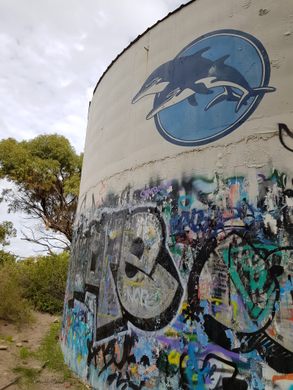
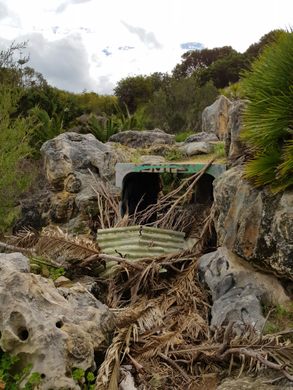
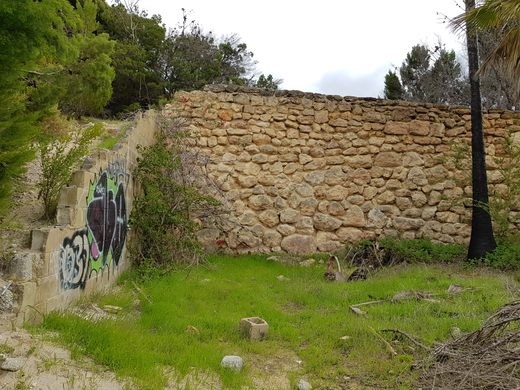
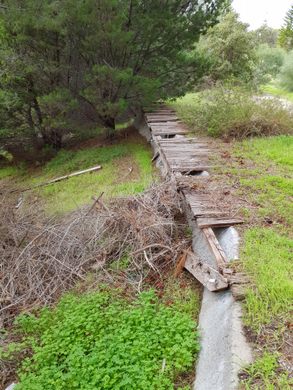
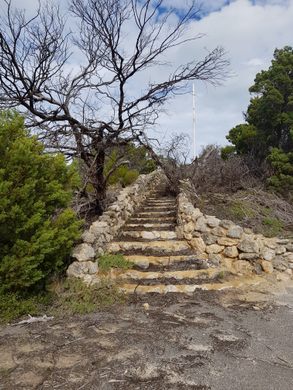














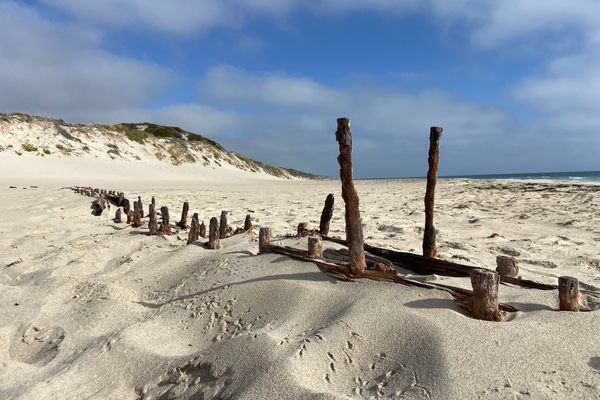

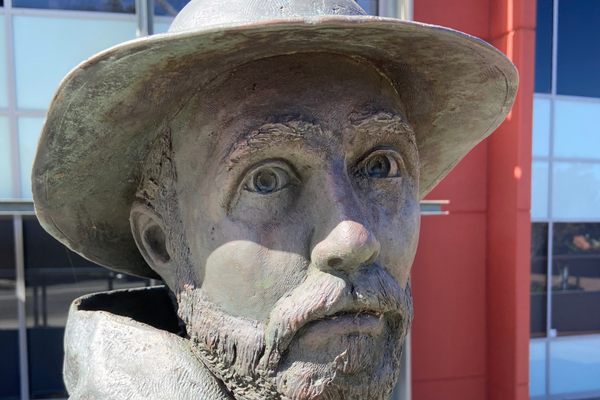
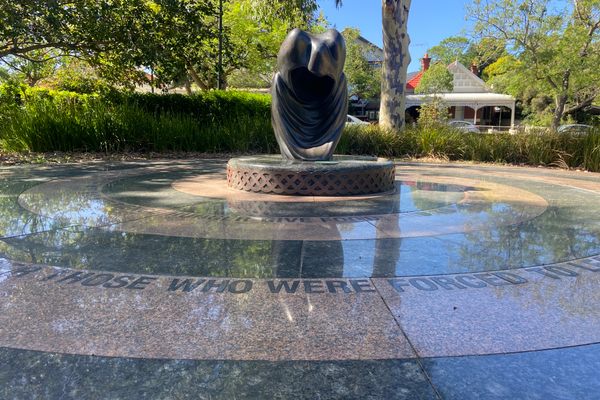
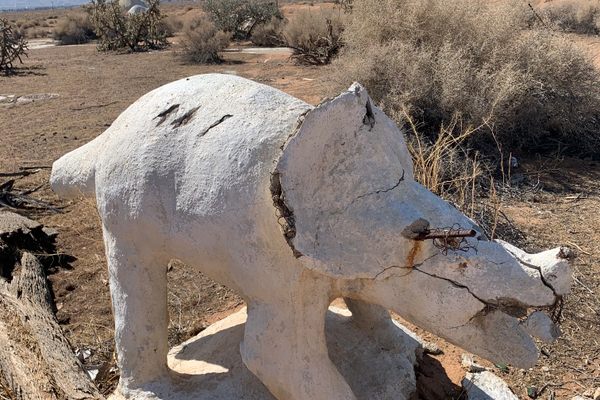




Follow us on Twitter to get the latest on the world's hidden wonders.
Like us on Facebook to get the latest on the world's hidden wonders.
Follow us on Twitter Like us on Facebook